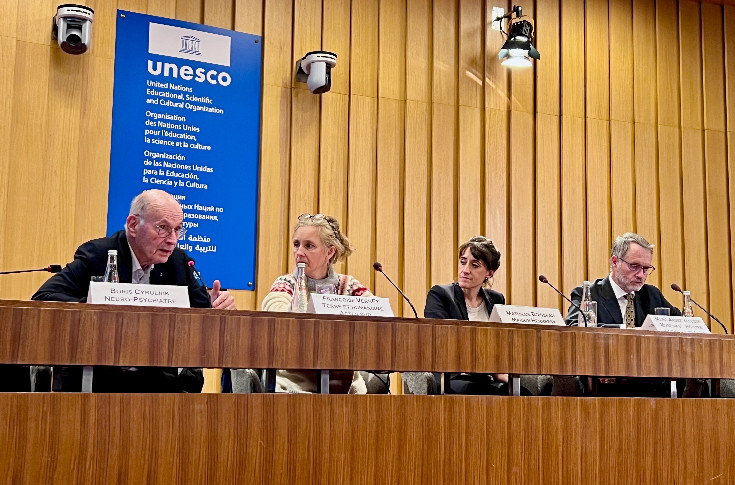The resilience of winegrowing soils explained at Unesco

peaking at the UNESCO Earth University in Paris, Marc-AndrĂ© Selosse, a lecturer at the Natural History Museum in Paris, explained that the drought had little effect during the 2022 vintage because of the soil's buffering capacity, which minimises the impact of variations. With a million bacteria in a gram of soil, most of the biodiversity is there. Traditional agriculture has damaged the soil with its ploughing, but he points out that we have “lost populations and diversity, but for the moment, no species has disappeared”.
Mathilde Boisseau, Vine and Wine Director at Hennessy in Cognac, did not beat about the bush: “You don't need to know everything to start taking action, because there is no one-size-fits-all solution. Everyone knows how to sow cover crops. We farm our 180 hectares of owned vineyards every day and use them as a laboratory. We have planted 7 km of hedges. For 8 years we have been experimenting and drawing conclusions that we share with our suppliers”. They represent 32,000 hectares, and so the challenge is on a collective scale.
The speakers agreed that education and teaching are inappropriate. “Environmental sciences have no place in primary school and in agricultural science schools, the coefficient for maths is the same as for biology. An interdisciplinary approach is the only solution”, stressed Selosse.






